Cats have intrigued humans for centuries with their mysterious behaviors and unique habits. One of the most peculiar habits is their choice of sleeping spots. While some cats are drawn to hidden, secluded spaces, others bask in open areas. This behavior can be puzzling to cat owners who want to understand the preferences of their feline friends. Let’s delve into the reasons behind these contrasting sleeping habits and uncover the mysteries of our beloved cats.
Instinctual Behavior from Ancestral Roots
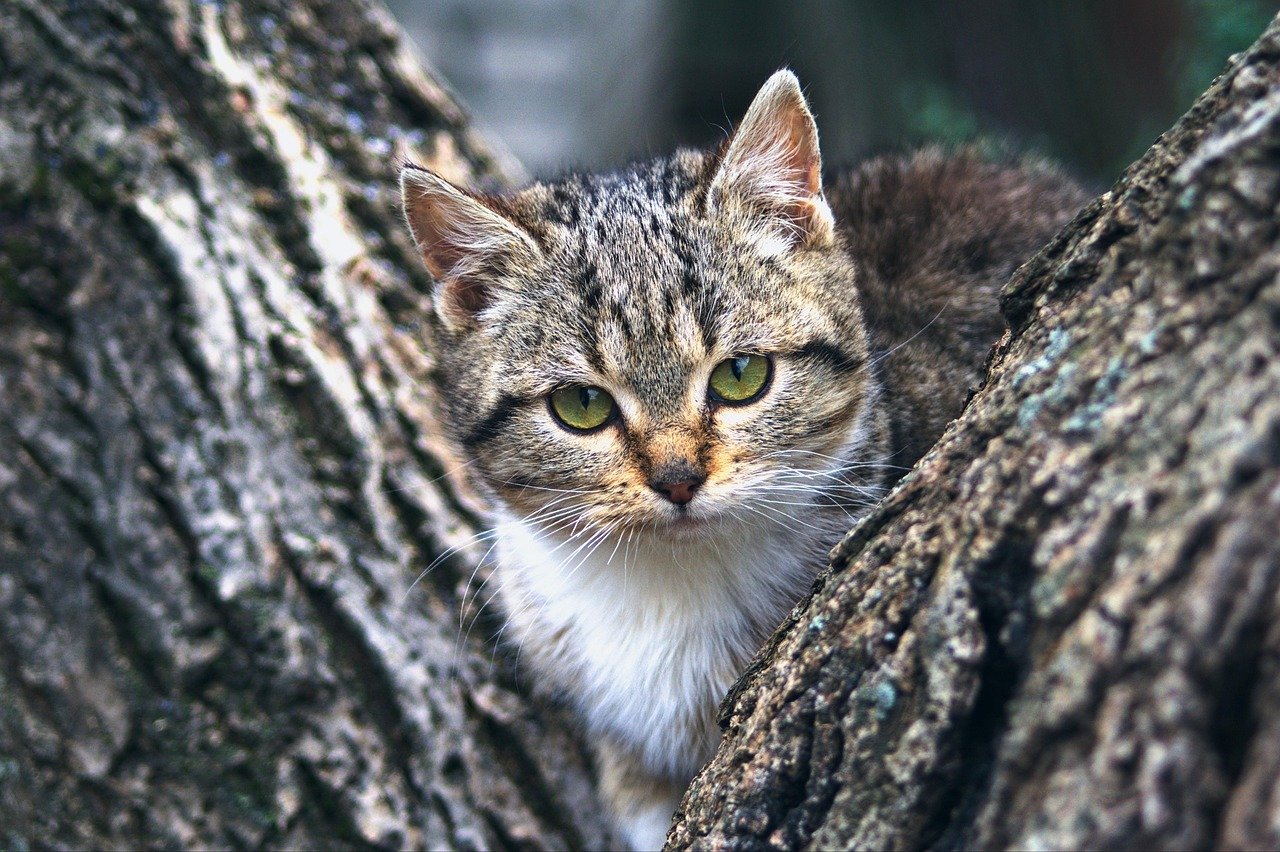
Cats, whether domesticated or wild, share a common ancestry. This ancestry is rooted in the wild, where survival depended on stealth and caution. Hidden spaces offer protection from potential threats, making them appealing to some cats. This instinctual behavior is a vestige of their wild past. Cats that choose hidden spaces for sleeping may be tapping into this ancestral instinct, seeking safety and security while resting. It’s a natural behavior that ensures they remain undetected by predators.
Personality and Temperament
Just like humans, cats have distinct personalities. A cat’s temperament can significantly influence its sleeping preferences. Timid or shy cats may prefer hidden spaces to retreat and feel secure. On the other hand, more confident and social cats might enjoy lounging in open areas where they can observe their surroundings. Understanding your cat’s personality can provide insights into its preferred sleeping spots and help you create a comfortable environment for them.
The Role of Comfort and Warmth
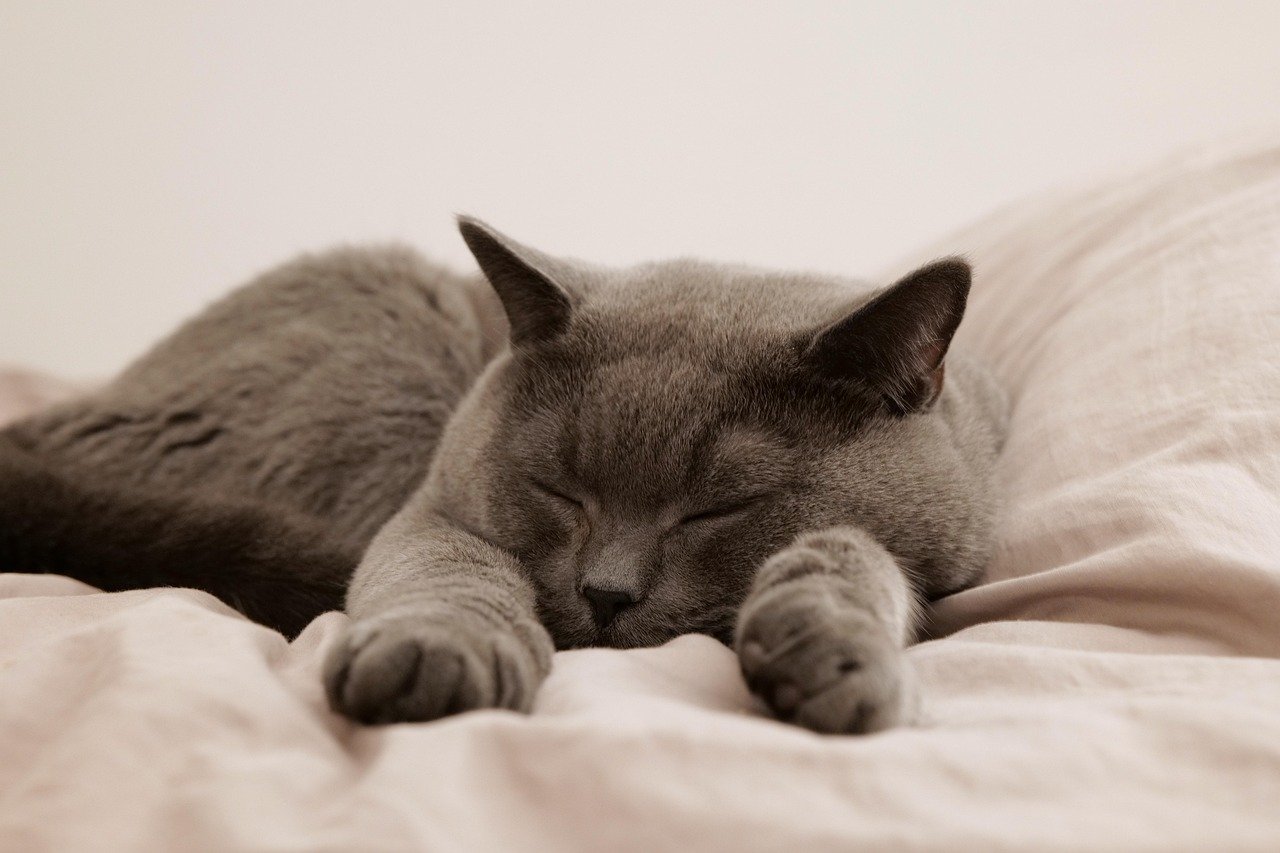
Comfort is a key factor in a cat’s choice of sleeping location. Hidden spaces often provide warmth and coziness, wrapping the cat in a snug embrace. This can be particularly appealing during colder months. Conversely, open areas might offer a cool breeze or sunlight, depending on the time of day. Cats that enjoy open spaces may be seeking out the warmth of the sun’s rays. It’s all about finding the perfect balance between warmth and comfort for each individual cat.
Stress and Anxiety Factors
Cats are sensitive creatures, and their environment can greatly impact their stress levels. A cat that is feeling anxious or stressed may seek solace in hidden spaces. These quiet nooks provide a respite from the chaos and noise of the household. On the flip side, a relaxed and content cat may feel secure enough to sleep in open areas. Observing your cat’s sleeping habits can be a window into their emotional well-being and help you address any underlying stressors.
Age and Health Considerations
Age and health play a significant role in a cat’s sleeping preferences. Older cats or those with health issues may find comfort in hidden spaces that offer support and ease of access. Younger, more agile cats might enjoy the freedom of open areas where they can stretch and move comfortably. It’s essential to consider your cat’s physical needs when evaluating their sleeping choices, ensuring they have a space that accommodates their health requirements.
The Influence of Household Dynamics
The dynamics of a household can also affect a cat’s sleeping habits. In a busy household with children or other pets, a cat may retreat to hidden spaces to escape the commotion. In quieter homes, a cat might feel comfortable enough to sleep in open areas. Understanding the household environment can help cat owners create spaces that cater to their cat’s needs, promoting a sense of safety and peace.
Preference for Elevated Spaces
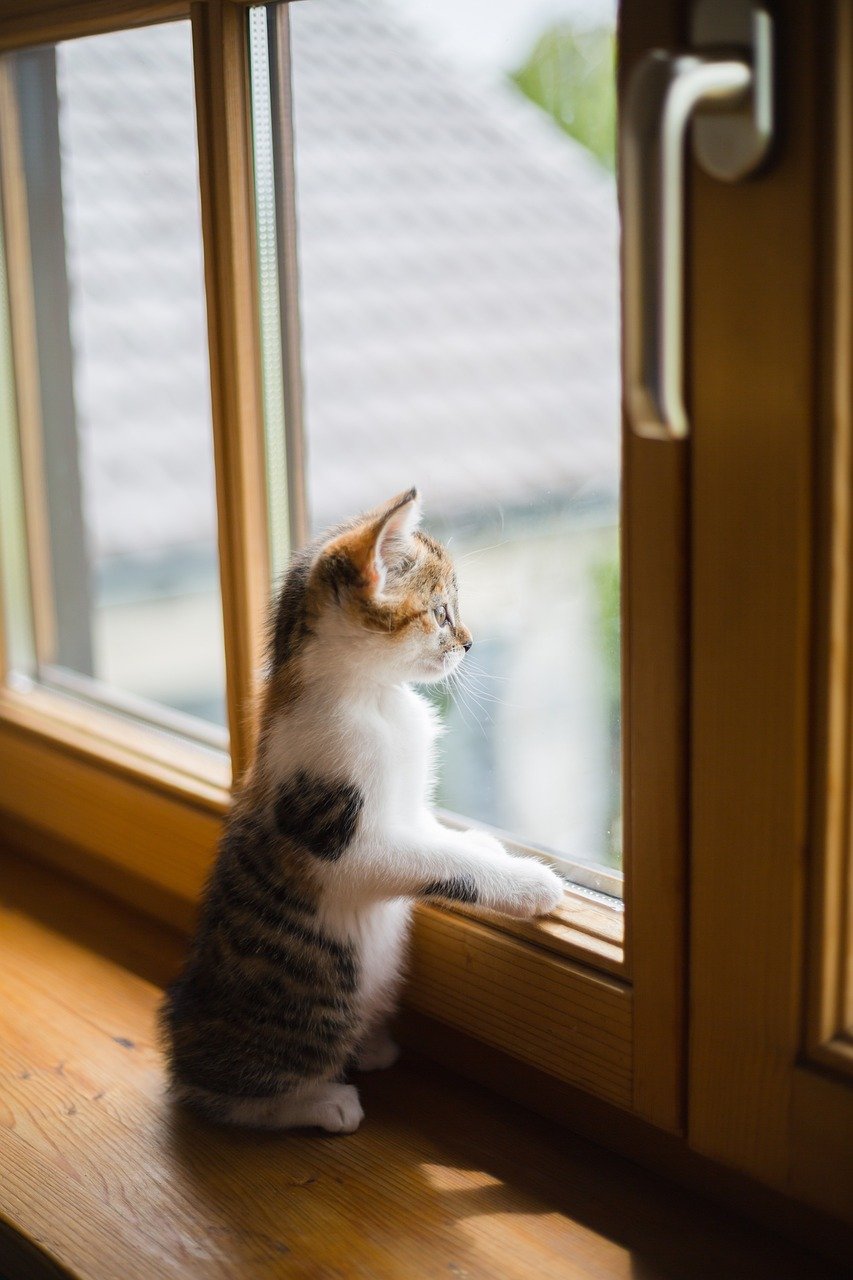
Some cats have a penchant for high places, whether hidden or open. Elevated spaces provide a vantage point from which cats can survey their territory and feel in control. This behavior is rooted in their predatory instincts, allowing them to observe potential prey or threats from a safe distance. Whether it’s a hidden perch or an open windowsill, elevated spaces offer a sense of security and dominance for these adventurous felines.
The Appeal of Familiar Scents
Cats are highly attuned to scents, and familiar smells can influence their sleeping choices. Hidden spaces that carry the scent of their human or other cats may be comforting to some. Open areas with fresh scents might appeal to curious cats that enjoy exploring new environments. Recognizing the role of scent can help cat owners create spaces that carry familiar, comforting smells, enhancing their cat’s sense of security.
Exploring the Need for Territory
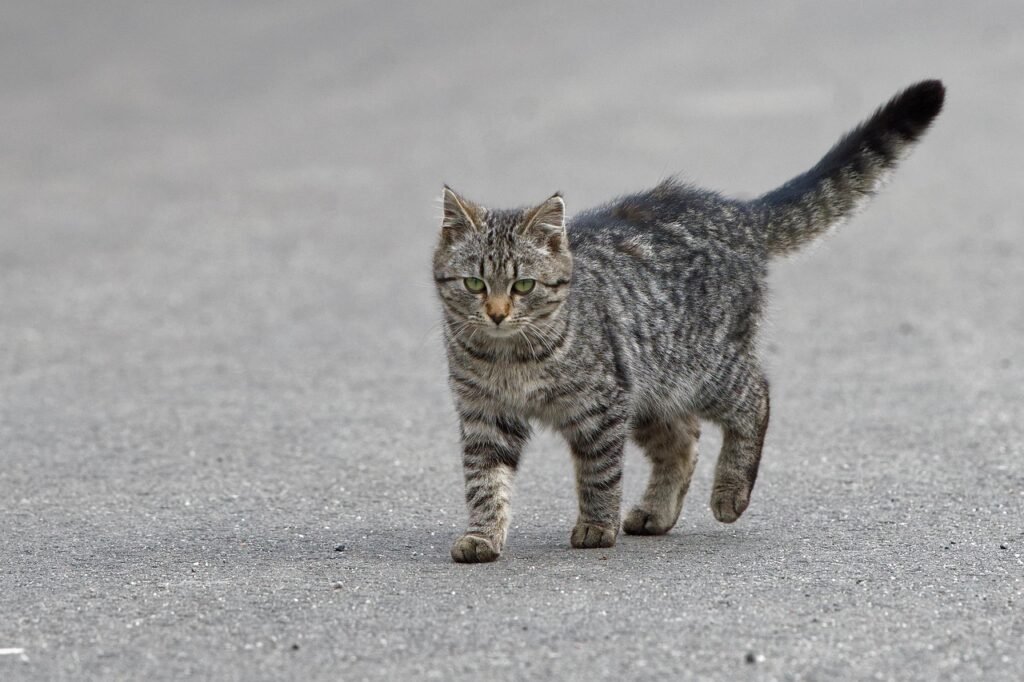
Cats are territorial animals, and their sleeping spots are part of their claimed space. Hidden spaces can serve as private territories where a cat feels in control. Open areas might be shared territories, where the cat can still assert its presence. Understanding the territorial nature of cats can help owners respect their need for personal space and provide them with areas they can call their own.
Adapting to Seasonal Changes
The changing seasons can influence a cat’s sleeping preferences. In colder months, hidden spaces offer warmth and insulation. During warmer seasons, open areas may provide a cooler, more comfortable resting place. Cats are masters at adapting to their environment, and their sleeping habits reflect their need for comfort in changing weather conditions. By observing these seasonal shifts, cat owners can ensure their pets have suitable sleeping options year-round.
The Impact of Previous Experiences
A cat’s past experiences can shape its current behavior. Cats that have faced traumatic events may gravitate towards hidden spaces for a sense of safety. Conversely, cats with positive experiences in open areas may feel comfortable sleeping there. Understanding a cat’s history can provide valuable insights into its behavior and help owners create a nurturing environment that fosters trust and security.
Environmental Enrichment and Stimulation
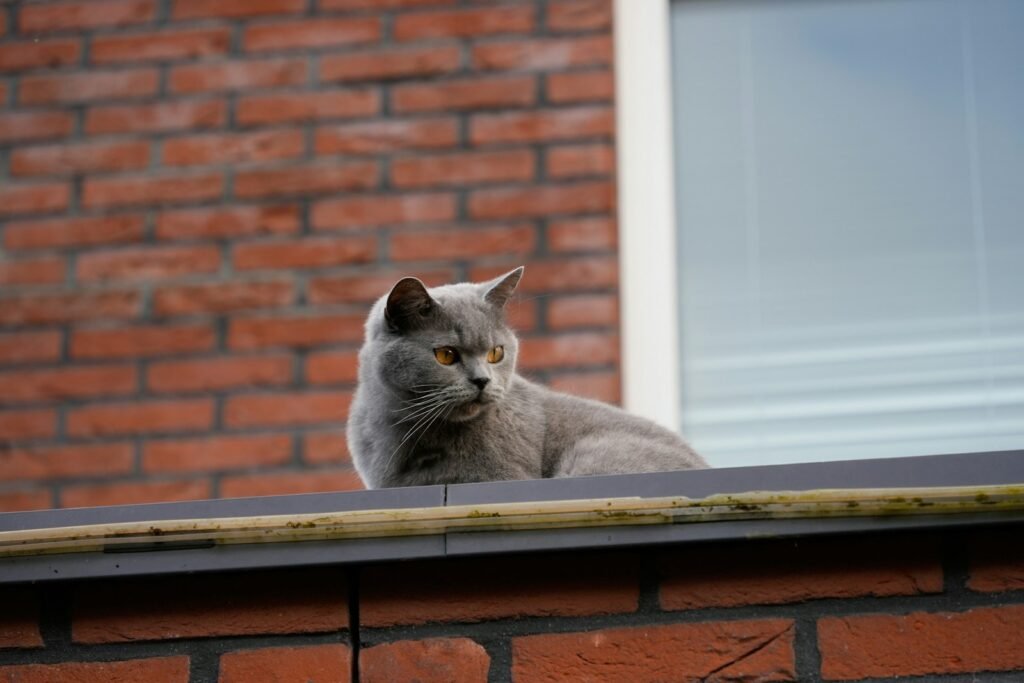
Providing environmental enrichment can influence a cat’s sleeping preferences. Hidden spaces with toys or cozy blankets can entice a cat to explore and rest there. Similarly, open areas with interactive elements, like scratching posts or window perches, can appeal to curious and playful cats. Enriching a cat’s environment can encourage them to engage with different spaces, enhancing their overall well-being.
The Significance of Routine and Habits
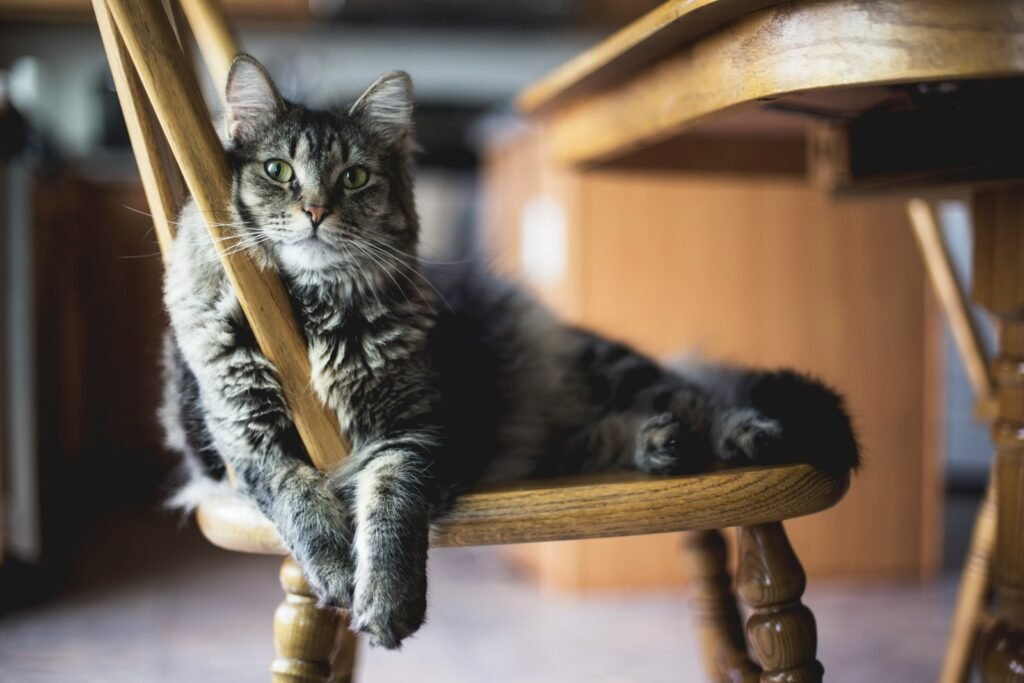
Cats are creatures of habit, and their sleeping routines are no exception. A cat’s preference for hidden or open spaces can become a part of its daily routine. Consistency in their environment can provide comfort and predictability. Observing and respecting a cat’s established habits can help owners create a stable and reassuring environment that supports their cat’s natural inclinations.
The Role of Social Interaction
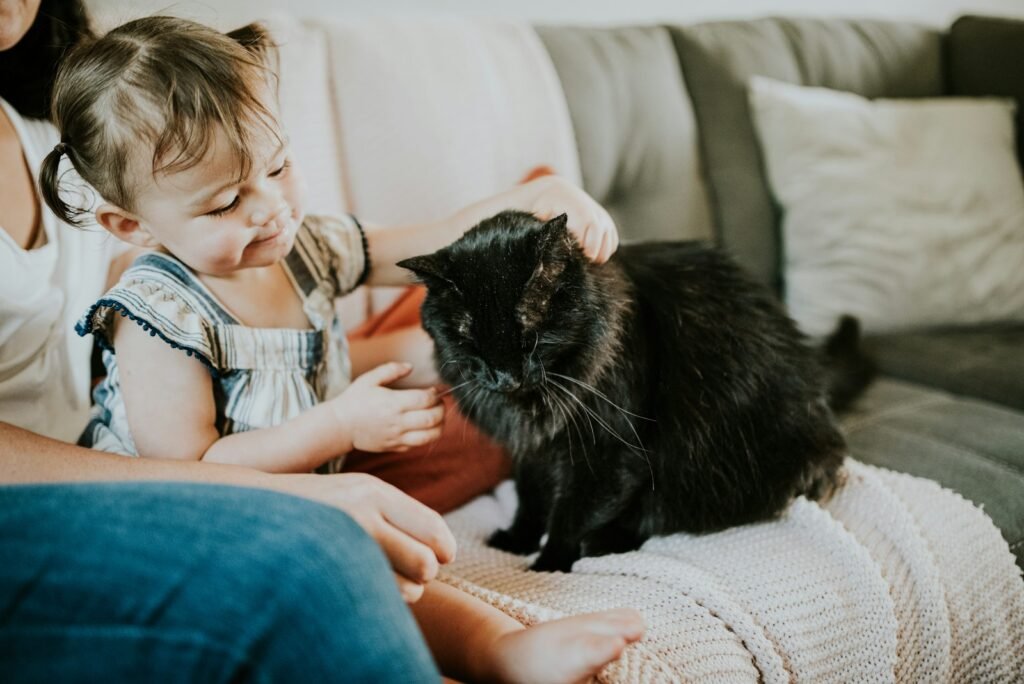
Social interaction, or the lack thereof, can influence a cat’s sleeping choices. Cats that enjoy socializing with humans or other pets may choose open areas to be part of the household activities. More solitary cats might prefer hidden spaces to enjoy some quiet time. Recognizing a cat’s social preferences can help owners balance interaction with personal space, ensuring their cat feels comfortable and respected.
Exploring the Influence of Curiosity

Cats are naturally curious creatures, and this curiosity can impact their sleeping habits. Hidden spaces might intrigue a cat with the promise of adventure and discovery. Open areas can offer a vantage point for observing the world around them. Catering to a cat’s curiosity by providing varied sleeping options can keep them mentally stimulated and content.
Understanding Fear and Safety Needs
Cats that experience fear or insecurity may seek refuge in hidden spaces. These areas offer a sense of safety and protection from perceived threats. Conversely, cats that feel safe and secure in their environment may choose open areas. Recognizing a cat’s fear and safety needs can guide owners in creating a supportive environment that alleviates anxiety and fosters confidence.
The Power of Observation
Cats are keen observers, and their sleeping choices can be influenced by their desire to monitor their surroundings. Hidden spaces might allow for discreet observation, while open areas provide a broader view. Understanding a cat’s need to observe can help owners provide spaces that satisfy their cat’s natural instincts and enhance their sense of security.
Individual Preferences and Personalities
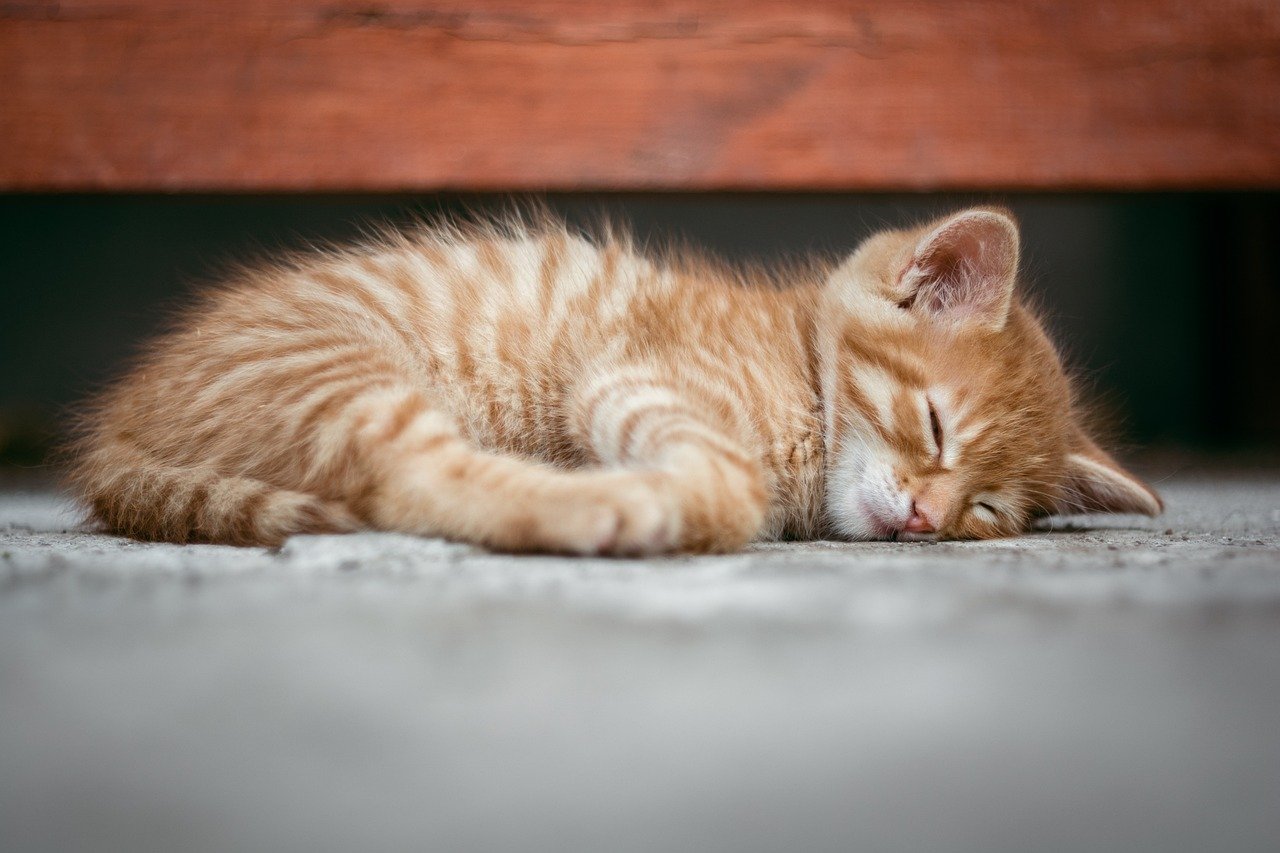
Ultimately, a cat’s sleeping preferences are a reflection of its unique personality. Just as humans have individual tastes, cats have personal inclinations when it comes to sleeping spots. Some may love the coziness of a hidden nook, while others revel in the openness of a sunlit patch. Recognizing and respecting these individual preferences can enhance the bond between cat and owner, ensuring a harmonious coexistence.
The Joy of Discovering Your Cat’s Preferences
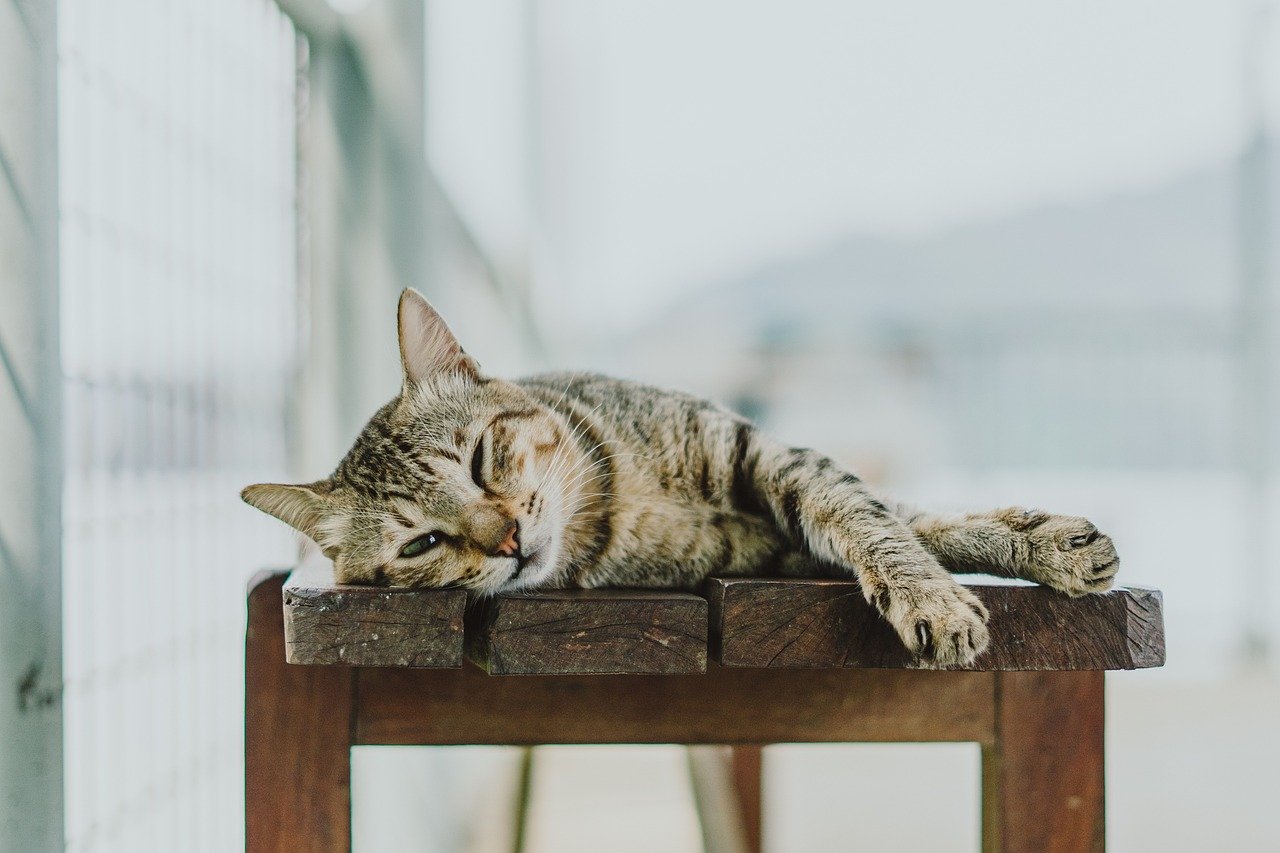
Understanding why some cats prefer hidden spaces while others love open areas is a journey of discovery. By observing their behavior and considering factors like personality, environment, and past experiences, cat owners can gain valuable insights into their feline companions. This understanding enriches the relationship, allowing for a nurturing and supportive environment that caters to each cat’s unique needs.

Linnea is a born and bred Swede but spends as much time as possible in Cape Town, South Africa. This is mainly due to Cape Town’s extraordinary scenery, wildlife, and atmosphere (in other words, because Cape Town is heaven on earth.) That being said, Sweden’s majestic forests forever hold a special place in her heart. Linnea spends as much time as she can close to the ocean collecting sea shells or in the park admiring puppies.




